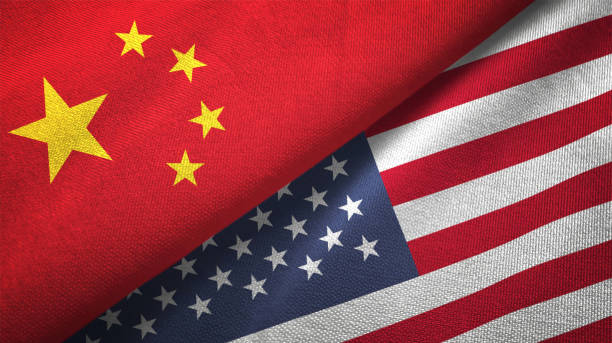
It has been well established over the last few decades that there has been a power shift in international relations, where the old and established superpower monopoly over each hemisphere hasn’t been questioned. This scenario, where we have been completely accustomed to things as they are post-cold war, has changed to allow each country to expand their cultures into one another.
The never-ending advances of globalization have unquestionably allowed individuals, states, and organizations to look for better opportunities in different regions of the globe, providing us with an interesting dynamic of interconnectivity between the states and truly showing us how effective and positive this exchange can be.
However, all this connectivity can also translate into silent rivalries and diplomatic games to be played by those more “experienced” in this industry, and when it comes to geopolitics, things and the relations between the different nations can become quite tricky. Diplomacy does play an important role in how each country deals with having their established integrity challenged, and it certainly allows us to observe some issues that arise.
In keeping with tradition, we will, of course, discuss the expanding influence of the two major global superpowers: the United States and China. As much as tensions seem to be diminishing, the dispute between the two is still very much alive. Their global influence will never be enough when the rest of the world is still there to conquer. Having influence over all of the continent is important for them when it comes to allyship in possible future geopolitical conflicts; therefore, expanding is still on the plate for these two superpowers. Focusing on a more specific region, we turn to Latin America, where the competition is still fluid and happening in a more explicit way than ever.
Following the elections in Argentina, it has been extremely clear to us how Milei is opening the doors for US influence over the country. His new policies to dollarize their economy are a clear example of how willing the president is to have the US as an ally. The inevitable consequences of this new method will not be limited to Argentina itself and will most certainly impact the rest of Latin America.
The US’ influence over the region has a long history. It is clearly observed how the country usually sets the tone for Latin America every four years with its elections. An example is that following Trump’s 2016 election, a right-wing wave of presidents in Latin America saw themselves reach the top. A noticeable example is Brazil’s election of Bolsonaro, who ruled over the biggest country in the region in such a poor manner, filled with controversy and scandals. And again, with Biden’s election in 2020, Brazil followed the US’ lead and elected former president Lula once again.
China, however, has expanded its reach in Latin America in a slower manner, but unequivocally so. Recently, a new Chinese-financed port was opened in Peru, asserting the country’s influence in the region. On top of that, China’s partnership through the BRICS group was a smart way for the country to secure allies with emerging countries, Brazil being the main one in Latin America.
And speaking about China’s relationship with Brazil, their trade is key to their diplomacy. China being Brazil’s main market for exporting agrobusiness products and iron ore has created a new symbiotic dependency for the parties, reshaping domestic economic dynamics. Data shows that Brazil’s exports to China in the year 2022 reached close to $90 billion.
These examples show how intricate diplomacy is for Latin America, whose countries find themselves in the middle of a conflict of interests where they need both US and Chinese investments and have to carefully tread waters with the two countries in order to secure future alliances and international protection.
In conclusion, the battle for influence between the United States and China in Latin America is a complex geopolitical dance, revealing the shifting dynamics of power in the modern world. The unfolding scenario in Latin America serves as a simple example of the broader global power shift, emphasizing the delicate nature of international relations in an era defined by interconnectedness and strategic competition.
By The European Institute for International Law and International Relations
REFERENCES:















